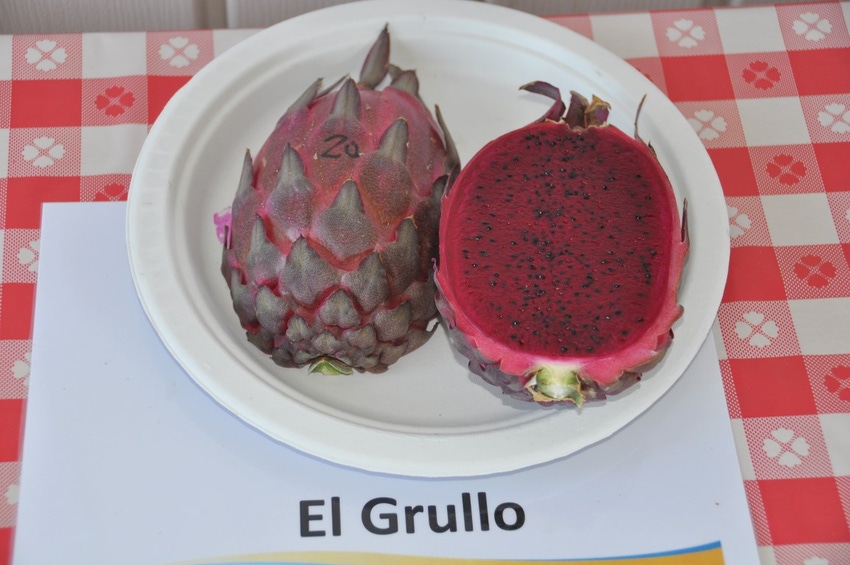
Odds are some of you have never heard of pitahaya fruit. Pitahaya what?
My computer Inbox recently included a pitahaya crop meeting notice from University of California (UC) farm advisor Jose Aguiar in Riverside County on an upcoming Pitahaya Fruit Mini Festival in Indio.
I’ve heard of the cactus fruit but have never reported on it. I noticed the first item on the agenda was a pitahaya ice cream testing. It was time to jump in the truck and go. Unfortunately a quick glance at the calendar showed a schedule conflict.
No ice cream or road trip. Life sometimes isn’t fair.
For decades, the Western Farm Press website and magazine has prided itself on its coverage of a wide range of western-grown crops – from tree nuts, grapes, and alfalfa grown in California and Arizona, to pomegranates in the Arizona high desert, to soilless-produced blackberries grown in the steep, almost un-walkable hills of Santa Paula in Southern California.
This column officially adds pitahaya to our reported crop list.
To learn more about this relatively unknown fruit, I turned where you would likely start online – Wikipedia.
One factoid was that UC spells the cactus fruit as pitahaya yet Wiki reports it as pataya. The latter version usually refers to fruit of the genus Stenocereus while pitahaya (dragon fruit) relates to fruit of the genus Hylocereus.
The Stenocereus version (also called sour pitaya) tastes sourer as the name suggests with a juicier flesh and stronger taste. Yet another report says the mild taste of pitaya flesh often stands apart from its vibrant-colored exterior with a bland taste similar to a melon or kiwifruit with mild sweetness.
In this part of the world, the fruit is primarily grown and consumed in arid regions, including the Sonoran Desert which encompasses the low-desert, highly productive farming areas of southern California and Arizona, plus northwestern Mexico. The Seri people in Mexico grow and harvest the fruit.
While more typical visions of western California agriculture may concoct dreams of happy cows, vegetables, flavored almonds, rice for sushi (hold the fish), and fresh strawberries, surfing a bit on the California Department of Food and Agriculture website yielded a single page on California-grown pitahaya fruit.
It said pitahaya is also known as organ pipe cactus and strawberry pear. It explained the fruit as a red-white spongy pulp with small black seeds, up to four inches long, and a ‘think’ skin (government-funded typo).
According to the CDFA (2012 statistics), the Top-10 commodities produced in the Golden State include, in order, included milk, grapes, almonds, nursery plants, cattle and calves, strawberries, lettuce, walnuts, hay, and tomatoes.
Pitahaya must be WAY down the list but worth a taste.
If you have a crop idea that could make an interesting read, reach out to me at the editor’s desk at [email protected].
About the Author(s)
You May Also Like






